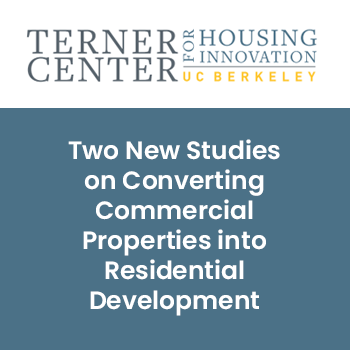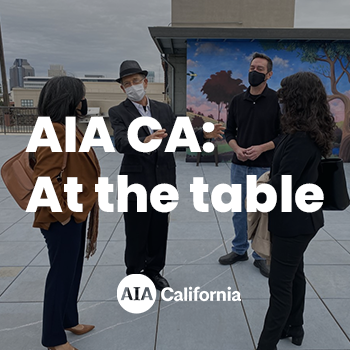Friday Fellow: Mina Chow, FAIA
 Fellows Feature Questions:
Fellows Feature Questions:
- Why did you apply for fellowship? I was nominated by the Los Angeles AIA chapter for my documentary film work and outreach to the public for over a decade. But I had to be convinced to apply. I’d rarely—if ever, sought awards and honors. I didn’t want to try because over the years, I’d faced so many obstacles from inside and outside the profession. The obstructions were insidiously invisible, like flying full force into glass. They felt self-inflicted because I was always an outlier attempting to fly. Several design mentors pushed me to set an example for people like me. To show that it was possible. To show that sometimes unconventional architects with under-represented voices might be heard. And to show that sometimes it was possible for people like us to fly.
- Where were you when you got the news you received it? In February 2021 during the worst of the pandemic, I was at home like most of the world. As an extrovert, it’s been difficult for me to live in isolation. I’ve struggled to adapt to this “new normal” by using my time alone to co-write a book about the powerful influence of architectural excellence in cultural diplomacy at World’s Fairs. (More on that below.) After writing all night, I had just woken up in bed. (See attached, late nights in bed working on a film.) I was checking my emails to see if there was anything urgent or needing attention. I called my co-author first. She was one of the design mentors pushing me for years.
- How did you celebrate? I called, texted, and emailed my family and friends. This took a few hours. One of my FAIA design mentors and friend I teach with, surprised me by sending me flowers (see attached). It was the day before the 2021 Lunar New Year of the Ox, so I’d been getting ready to celebrate this annual holiday—usually with family and friends. I’d just finished filming a video message (see attached in full make-up and hair) for the LA Chinese Chamber of Commerce’s online virtual celebration. All dressed up with nowhere to go! Virtual still sucks, but it’s better than nothing.
- What’s your one piece of advice for those applying, or thinking of applying?
This was what I posted on social media:I am honored to be elevated this year as a 2021 Fellow of the American Institute of Architects.This is a story about guts not glory.
Awards and honors are all about failure.They are testaments of dogged determination.
Failing and trying again.
Failing and trying again.
Failing and trying again.
They cost in sacrifice.
When you don’t have the resources (time, money, energy), you must magically conjure them up.
They are about community.
When you fail a lot and drive those who care about you nuts because your ego takes a beating, you must graciously them.
They are bigger than you.
When curled up with the covers over your head, you realize it’s not about you.
You keep trying because others tried for you.
- What’s next for you?
National impact of the film I created “FACE OF A NATION: What Happened to the World’s Fair?” has affected my research and work plans. The pandemic postponed national screenings. (Over 30+ IRL screenings before COVID.) But we are planning more educational screenings and negotiating public broadcasting contracts. Elevation into the College of Fellows for achievements in documentary film, public scholarship, and interdisciplinary teaching has affected my plans as well.I am continuing my role as an architecture advisor to the State Department Expo Unit on U.S. participation at World Expositions. (Our film is listed on the State Department website: https://www.state.gov/external-links/.) They have invited me to participate as a panelist for the upcoming Dubai World Expo. I just started the 2nd year of research/writing for a book I am co-authoring on the powerful influence of design excellence in U.S. pavilions overseas. We hope it will serve as a resource for decision-makers to help them understand the complexity and critical impact of architectural excellence. The book will examine the continued importance of IRL World Expos towards people-to-people engagement, specifically aspects in public diplomacy within the context of 21st-century media and new communications technologies.The pandemic also delayed production on several projects in the film industry. It delayed my film plans as well. I would like to continue exploring filmmaking in architecture as an approach or tool to capture spatial and cultural identity issues and other unseen forces in the built environment.
Two New Studies on Converting Commercial Properties into Residential Development
 The Terner Center for Housing Innovation at UC Berkeley released two papers this week on the conversion of commercial properties into residential developments. Both papers were funded by the California Department of Real Estate.
The Terner Center for Housing Innovation at UC Berkeley released two papers this week on the conversion of commercial properties into residential developments. Both papers were funded by the California Department of Real Estate.
The first paper, Adaptive Reuse Challenges and Opportunities in California, includes architectural case studies and looks at the likelihood of adaptive reuse of commercial buildings for residential purposes. It identifies specific architectural, financial, and policy factors that are most likely to be predictive of adaptive reuse being a viable strategy for sites with existing commercial buildings. Additionally, AIA CA Members Michael Malinowski, FAIA, Ric. Abramson, FAIA, Wade Killefer, FAIA, and Chelsea Johnson, AIA contributed to the development of this paper.
The second paper, Strip Malls to Homes: An analysis of Commercial to Residential Conversions in California, finds that over the five-year period of 2014 to 2019 about 38,000 homes were built on commercially zoned land across the state’s four major metro areas—Los Angeles, the Bay Area, Sacramento, and San Diego—and only slightly more housing can be expected to be built over the next five years, absent policy changes. Notably, not all California regions are equally positioned to see commercial lands play a significant contributing role to new housing supply going forward. Locally variable land use policies drive much of the difference between regions; for example, the Los Angeles region substantially surpasses the rest of the state in terms of its rate of conversion.
AIA CA: At the table
Trusted Advisor: that is a role that the architectural profession embraces in many dimensions. At the state level, AIA California engages with key state agencies as they consider how policy, code and regulation can both support and impede critical objectives. In our state there is no shortage of critical challenges: a massive housing crisis; increasingly disastrous consequences of climate deterioration; and increasing disconnects in affordability, equity and inclusion. All these issues intersect with architecture.

Photo credit: Rick Lopes, Department of Real Estate
In the photo is (left) Secretary Lourdes Castro Ramírez (Business, Consumer Services and Housing Agency)
AIA California was invited to provide feedback and insight on how the intersection of architecture and adaptive reuse can help us move forward in all these areas. An in depth workshop was held on November 1st at Sacramento’s Warehouse Artist Lofts – an Historic Adaptive Reuse project. This proved a perfect backdrop given its role in revitalization of Sacramento’s blooming R Street Corridor while supporting artist housing with 116 affordable units ranging from studio lofts to 3 bedroom 2 bath family housing.
Invited parties to this in-depth conversation included
- Lourdes Castro Ramirez, Secretary of the Business, Consumer Services and Housing Agency
- Douglas McCauley, Commissioner California Department of Real Estate
- Michael F. Malinowski FAIA AIA California Consultant and Architect of the WAL
- James Kinloch, CFY Development Manager of WAL
- A number of residents of the WAL, and key staffers from State Agencies.
Among the discussion points:
- California must find ways to increasingly support adaptive reuse of commercial and historic buildings for much needed urban and infill housing throughout the state. Terner Center research indicates this can be feasible, with case study examples showing paths to success, and challenges that can be overcome with shifts in policy and law. Projects which repurpose existing infrastructure can provide well-paying jobs, while also being important to addressing climate deterioration, since even the best performing new buildings can take between 20 and 80 years to recoup in operational savings the embodied carbon impacts of their original construction.
- Architects can play a key role in disseminating the information needed for these retrofit and reuse projects to be more widely utilized and successful.
- Support of the AIACA initiative to expand California’s Existing Building Code. This effort would bring to California Six now missing ICC chapters providing design professionals with new and powerful optional tools applicable to repurposing existing building. This effort is slated for major progress in the next code cycle which begins in early 2022.
AIA CA was there, represented by Michael F. Malinowski FAIA at this key working session, which is the initial step in an emerging state emphasis on this path toward. Retrofitting existing buildings provides the proverbial win-win-win when well done: huge embodied carbon benefits; increased urban and infill housing; economic revitalization of our cities and well-paying jobs; and increased equity, affordability and inclusion.
These new Terner Reports announced at this event are available here:
https://ternercenter.berkeley.edu/wp-content/uploads/2021/11/Adaptive-Reuse-November-2021.pdf

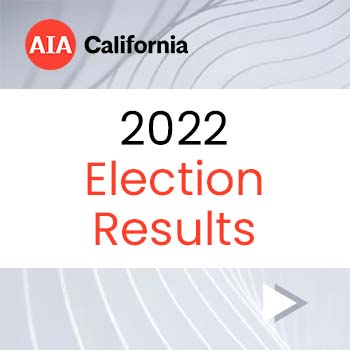
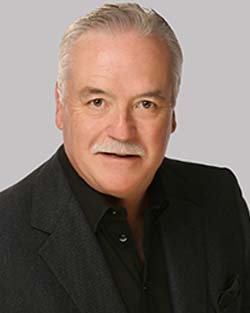


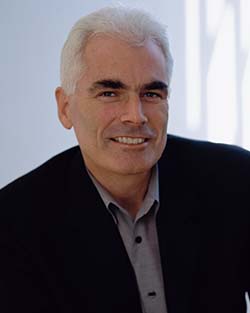

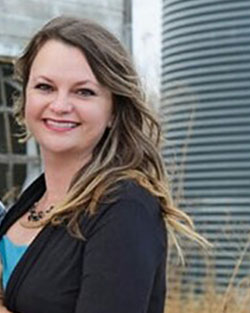
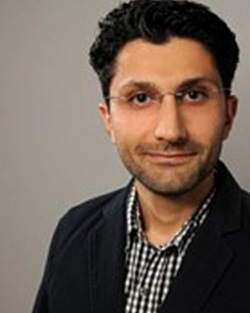



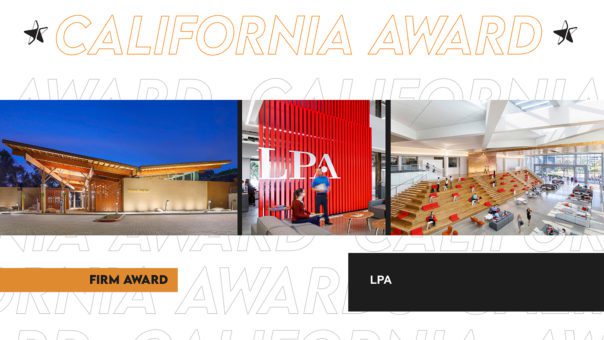

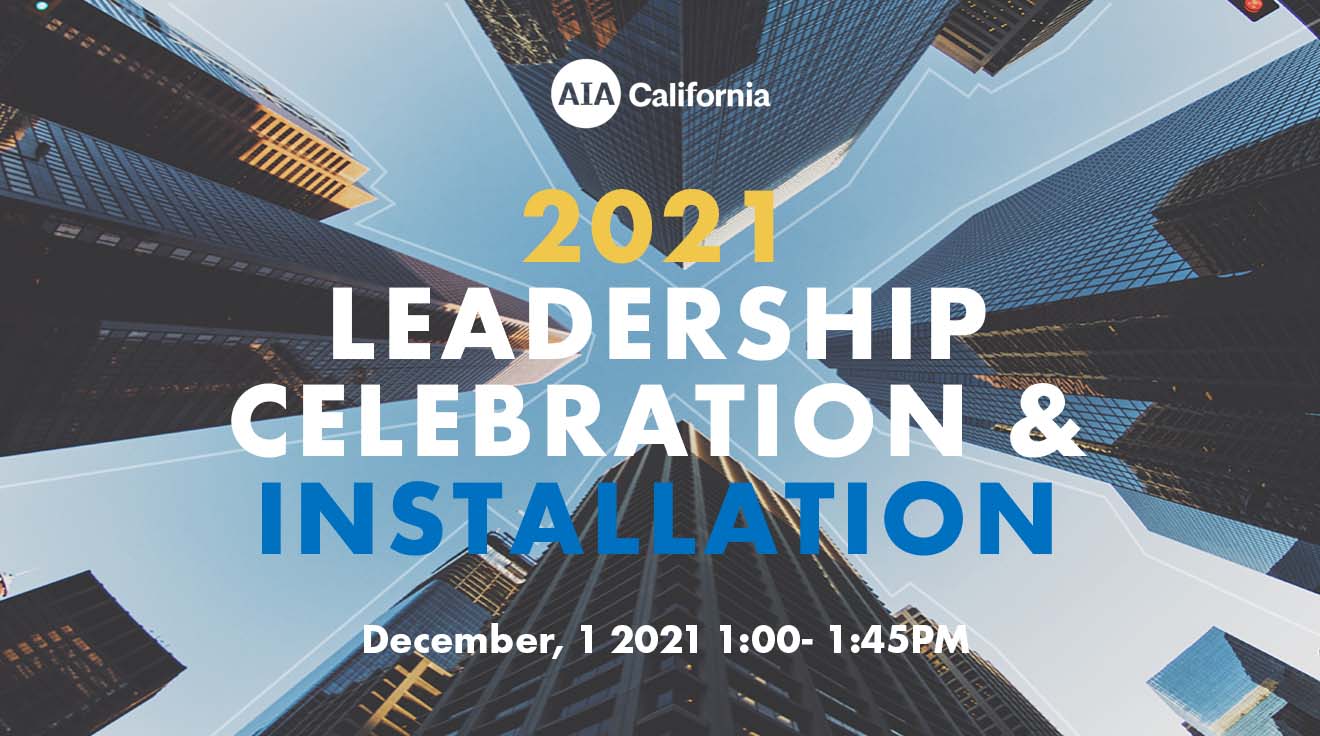



 At the UN Climate Change Conference, Ed Mazria, FAIA, Carle Elefante, FAIA, and other leaders within AIA, RIBA and the Australian Institute of Architects (the other AIA), joined forces to lead a session about what role architects play was featured. The one-hour presentation was recorded, and we invite all to view here.
At the UN Climate Change Conference, Ed Mazria, FAIA, Carle Elefante, FAIA, and other leaders within AIA, RIBA and the Australian Institute of Architects (the other AIA), joined forces to lead a session about what role architects play was featured. The one-hour presentation was recorded, and we invite all to view here.
